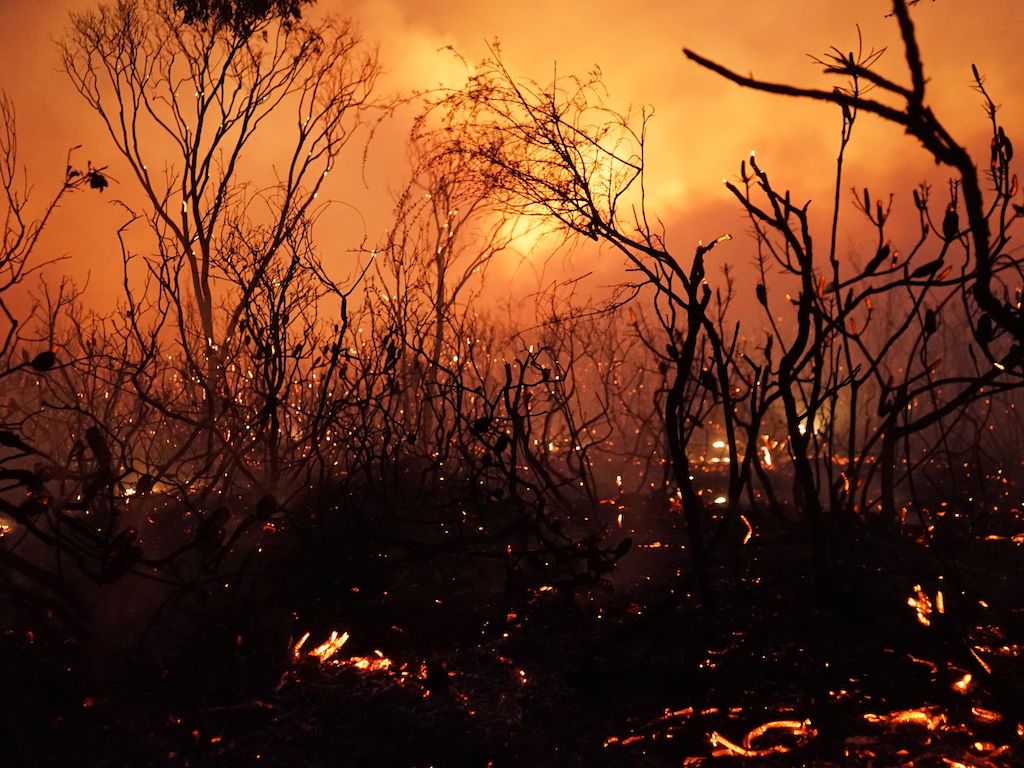3 Mins Read
New modelling data suggests that worst-case scenarios of global heating may not be severe enough, and that the climate is significantly more sensitive to greenhouse gases than previously thought. Rather than a 3 °C shift in climate sensitivity, the cloud data is showing it could be as high as 5 °C – a situation that would bring disastrous and deadly climate events from unprecedented heat waves to major cities sinking underwater.
A recent study conducted by researchers from a leading climate research body, the United Kingdom Met Office, suggests that the world could be looking at worst-case projections in excess of 5 °C. For the past four decades, the predicted figure of climate modelling showed that climate sensitivity stands at around 3 °C.
Climate sensitivity refers to the amount of warming projected from a doubling of atmospheric carbon dioxide levels from the pre-industrial level of 280 parts per million.
These predictions of a 5 °C climate sensitivity means that the climate is affected by global greenhouse gas emissions to a far greater extent than previously thought, and come as scientists around the world begin to gain a better understanding of the role of clouds.
Clouds are typically difficult to measure, and its role in cooling or heating the planet depends on several factors such as altitude and droplet temperature. Previous IPCC reports generally assumed that clouds had a neutral impact – but the cloud data now shows that the net effect is warming. The results were based on advanced fine resolution computer modelling and cloud microphysics.
Climate sensitivity above 5 °C would considerably reduce the scope for human action to reduce the negative impacts of temperature rise, essentially taking away any hope of limiting global heating to 1.5 °C above pre-industrial levels. Scientists generally say that in this situation, the best the world can hope for – even with global concerted climate action – is a 2 °C limit.
Analysing these findings in an article published in the journal Nature, Tim Palmer of the department of physics at the University of Oxford said: “The results are not reassuring”.
“Their result provides some of the best current evidence that climate sensitivity could indeed be 5 °C or greater…It seems that cloud adjustment to climate change is not going to give us breathing space. Instead, we need to redouble our efforts to cut emissions.”
Several other papers now being reviewed by the IPCC in its compilation assessment due to be released next year show similar findings. Around 25% of modelling results from more than 20 of the world’s leading climate institutions now show the upward shift to 5 °C. The IPCC is expected to include the new predictive figure in its report of possible outcomes.
Speaking to the Guardian, Johan Rockström, the director of the Potsdam Institute for Climate Impact Research, warned that climate models that do consider cloud data may still be underestimating the severity of climate change, mainly because tipping points in the biosphere have yet to be fully understood and accounted for.
“The more we learn, the more fragile the Earth system seems to be and the faster we need to move,” he said. “It gives [an] even stronger argument to step out of this Covid-19 crisis and move full speed towards decarbonising the economy.”
Lead image courtesy of Rob Griffith / AFP / Getty Images.



